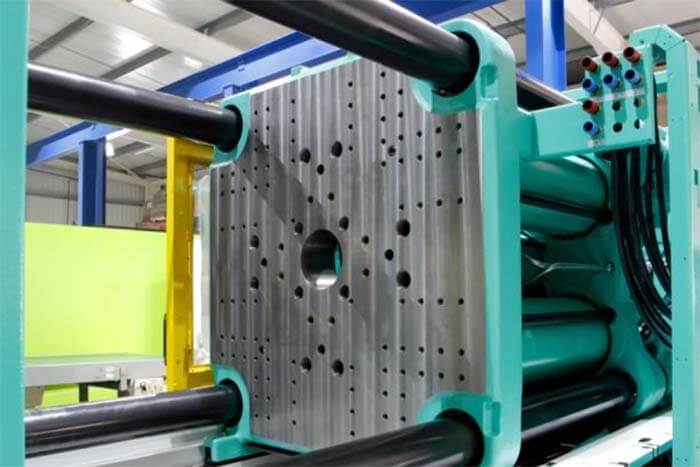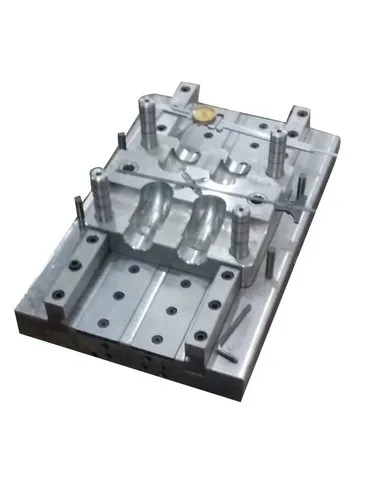
Injection Molding
Pros:
✅ High Volume Production – Ideal for mass production, as it can create thousands to millions of parts efficiently.
✅ Cost-Effective at Scale – The cost per unit significantly decreases with higher production quantities.
✅ Strong & Durable Parts – Produces parts with consistent material properties and high strength.
✅ Wide Material Selection – Can use a variety of plastics, including reinforced and high-performance materials.
✅ High Precision & Surface Finish – Parts come out smooth with tight tolerances, often eliminating the need for post-processing.
Cons:
❌ High Initial Cost – Expensive tooling (molds) is required, making it impractical for low-volume production.
❌ Long Lead Time – Tooling can take weeks or months to design and manufacture.
❌ Design Limitations – Complex geometries and undercuts may require additional tooling or design modifications.
❌ Material Waste – Excess material from runners and sprues may need to be recycled or discarded.
3D Printing (Additive Manufacturing)
Pros:
✅ Low Initial Cost – No expensive molds or tooling required, making it cost-effective for small batches.
✅ Rapid Prototyping – Quick turnaround time from design to production, ideal for testing and iteration.
✅ Complex Geometries – Can create intricate designs and internal structures that are impossible with injection molding.
✅ Minimal Waste – Uses only the necessary material for the part, reducing scrap.
✅ Custom & On-Demand Production – Suitable for personalized or one-off parts without major setup costs.
Cons:
❌ Limited Production Speed – Slower than injection molding for large quantities.
❌ Higher Cost Per Unit for Large Runs – Not economical for mass production.
❌ Material Limitations – Fewer options for high-performance plastics and reinforced materials.
❌ Lower Strength & Surface Quality – Parts may require post-processing and may not match the strength of injection-molded components.
Best Use Cases
- Injection Molding – Best for mass production, durable consumer products, automotive parts, and medical devices.
- 3D Printing – Best for prototyping, low-volume production, custom parts, and intricate designs.

